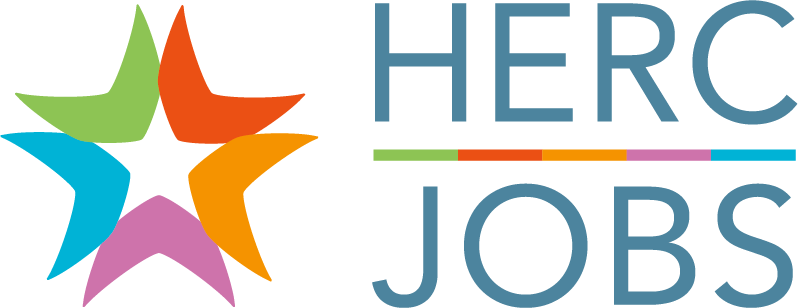Strategies for Researching Potential Employers
Have you found some interesting job opportunities or are you preparing for a job interview? Researching potential employers is crucial to understanding their workplace culture and whether they align with your career goals and values. It’s amazing how much information is accessible if you know where to go and what to look for. Here are some effective ways to conduct this research:
1. Visit the Company Website
The institution’s official website is the best place to start your research. Go to their About section for information about their mission, vision, values, and key leadership. Check out their newsroom/press releases to learn about any recent news or updates about the institution’s achievements, challenges, or initiatives. Their employment section may have specific information about their workplace culture and employee benefits.
Other Things to Look For
Programs/Services: Familiarize yourself with the institution’s programs/services, populations served, and competitive landscape (for example, what makes them different from other institutions in the region). Knowing their business model and market position can also help you tailor your application materials and interview responses.
Financial Health: An institution’s financial health can give you a sense of its stability and growth opportunities. Research the institution’s financial health and performance by looking for its annual financial reports and any data about student enrollment trends or changes in tuition rates.
2. Find Employees, Past and Present
Former and current employees of an institution can offer candid feedback about the workplace culture, work environment, leadership, and overall employee satisfaction. An essential step in the job search process, you can find this intel through various channels.
Employee Reviews: Websites like Glassdoor, Indeed, and Comparably provide employee reviews and ratings of companies. Get insider perspectives on workplace culture and a realistic portrayal of the day-to-day experiences of working at the institution.
LinkedIn Profiles of Employees: By searching for the institution on LinkedIn, you can find employees on LinkedIn to get insights into their professional backgrounds, roles within the company, and any shared connections you may have. This can also give you an idea of the institution’s organizational structure and leadership team.
Networking: If you happen to be connected to or have a shared connection with current or former employees, reach out and see if they’d be willing to share their experiences working at the institution. Attend networking meetups, career fairs, and other events where you might meet people affiliated with the institution.
3. Check Out These Other Sources
Social Media: Follow the institution on social media platforms like LinkedIn, Facebook, and Instagram. Their posts can provide insights into their company culture, recent activities, and how they interact with their community.
Media Outlets/Publishers: Search for news articles in national and local newspapers, industry publications, and other media outlets that mention the institution to help you ascertain its market position, recent achievements, challenges, and plans. You can also gauge the institution’s reputation within the higher education sector and among its competitors. Look for awards, recognition, or any controversies affecting its reputation. You can also research local economic trends to help you assess the institution’s financial health.
By researching potential employers using numerous sources, you can get a comprehensive understanding of an institution and make an informed decision about whether it can provide a workplace where you can thrive, grow, and be truly valued.
Check out more Top Articles on HERC Jobs.
About the Author: Marcia Silva is the director of marketing and communications at the Higher Education Recruitment Consortium. She strives to create engaging, research-informed content that empowers job seekers and employers committed to creating inclusive workplaces. She is passionate about using digital media and technology to encourage participation and strengthen communities.

